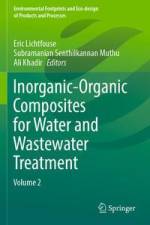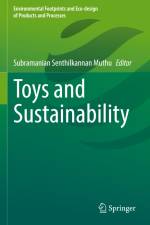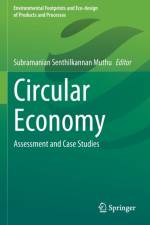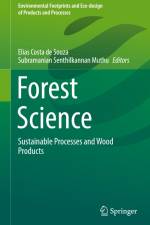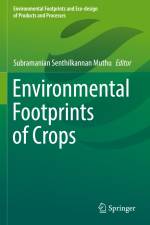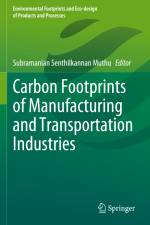av Elias Costa de Souza & Subramanian Senthilkannan Muthu
1 527
This book highlights the sustainability aspects of products and processes in forest science. The forest products sector supplies raw materials to several industrial sectors worldwide. These products can be classified as timber or non-timber products. Wood products are those that originate from the woody fraction and can include pulp, charcoal, firewood, and others. The non-timber products, on the other hand, have the products extracted from the different parts of the tree, such as bark, leaves, fruits, resins, oils, tannins, or even products extracted from non-woody biomass, such as palm heart or carnauba, among others. There are new studies and new products developed from forests worldwide each day. However, studies that evaluate the sustainability of these products and the processes related to their production are not so common. It is essential to highlight the sustainability aspects of these activities and the products obtained from them; such that steps can be taken to make the processes eco-friendly.Allied to ecological sustainability studies that evaluate the technical and economic feasibility of such activities arise. With this book, the authors through the approach of other products and processes of forest science, present the practical vision of aligning production with sustainability in an economically viable way. The book analyses different products and processes, ranging from technological production of engineered wood products to handcrafted resins with a high commercial appeal. With the expertise of different authors, who are researchers in various specific areas of forest sciences, this book helps expand research and presents new insights, assisting industry decision-makers and researchers working in the areas forest sciences.

